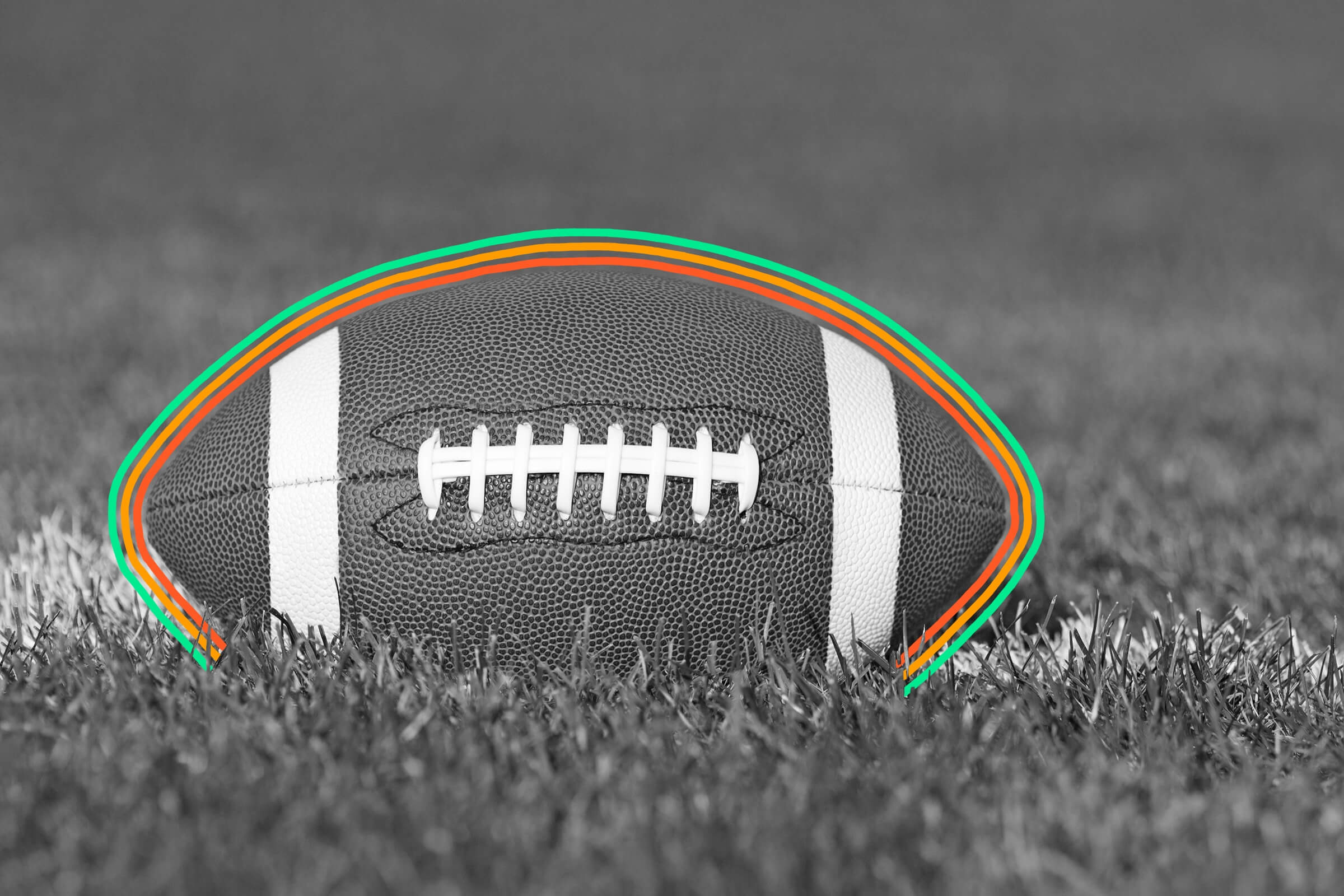

Homecoming is a little different everywhere you go. But whether you’re accustomed to pancake breakfasts or chili cook-offs, school-color sweaters or giant, bedazzled bows, early morning tailgates or late-night bonfires, the fall event boils down to celebrating and rooting for the best sports team around — yours. Here’s how it got started.
How Homecoming Began

Believe it or not, the tradition of homecoming has ties to the American Civil War. While soldiers weren’t pausing the war for pigskin, ongoing hostility between Kansas and Missouri before the war’s official start ignited a cutthroat rivalry that later spread from the battlefield to the football field. Starting in 1854, the two states were involved in a series of violent conflicts, deemed the Border War, that centered on the spread of slavery into Kansas.
Pro-slavery residents of Missouri argued that citizens who moved to Kansas territory should be able to settle the land with any enslaved people they already owned, while anti-slavery groups argued that no slavery of any form should exist in the state-to-be. (For some, the argument was based on the immorality of slavery; for others, it was a chance to compete with plantations for available land.) Heated sentiments turned into massacres, burnings of entire towns, and guerrilla warfare attacks on abolitionist and pro-slavery settlements in both states. The plague of violence during the time period is often referred to as Bleeding Kansas, describing the state’s startlingly high number of fatalities.
Kansas ultimately became a free Union state in January 1861, though the violence continued until the Civil War’s ceasefire four years later. Hard-held resentments between the two states didn’t die though — instead they spilled over into sporting events. In 1891, the University of Missouri Tigers and the University of Kansas Jayhawks held their first rivalry game in Kansas City, Missouri, which was halfway between the schools’ home turfs.
The two teams continued competing on neutral territory until 1911, when new conference regulations required that games be played on college campuses. In an effort to bolster attendance (and ticket sales) back at the Tigers’ stomping grounds, the university’s football coach came up with a brilliant idea: Invite alumni to “come home.” Coach Chester Brewer’s idea was to turn the game into a multi-day event complete with pep rallies, a parade, and a bonfire. It worked: More than 9,000 spectators returned to Columbia, Missouri, for the game. (Anticlimactically, the two teams tied with a score of 3 to 3.)
How Homecoming Spread

From the late 1890s to the early 1920s, enrolling in college courses became a form of upward trajectory for students of all economic backgrounds. Colleges, which struggled with low enrollment during the late 1880s, picked up on how school pride could be a big boon for the education business. Campuses across the country began to brand themselves with mascots, colors, fight songs, and specialized events. Having school spirit, and not being afraid to chant about it, helped propel events like homecoming from large universities to smaller colleges, and eventually to high schools. By the 1950s, homecoming was synonymous with high school football games.
Fans of the sport often credit the University of Missouri as the official birthplace of homecoming, but other schools have made their case, too: Baylor held a similar event in 1909, but didn’t host it annually until 1915. The University of Illinois claims it created homecoming in 1910 but was likely overshadowed thanks to the campus’ smaller size. For its part, the University of Missouri acknowledges that it may not have been first, but its superb early marketing of the event (in addition to its documentation by way of local newspapers) helped it be known as such.
Traditions, Old and New

Thanks to Coach Brewer’s ingenuity, homecomings are often celebrated with the usual round of pep rallies, parades, and late-night bonfires. By the 1930s, homecoming royalty was introduced, though courts (and most specifically queens) were elected based on their parade float, academics, or how much they fundraised to cover the event’s cost. Over time, schools added more royal figures, including kings and junior representatives from younger classes, and voting focused more on the candidate’s personality.
In the homecoming boom that erupted in the early part of the 20th century, campuses began to branch out with custom or localized activities that remain today. Texas schools are known for the large mums women are gifted by homecoming dates; the extravagant corsages are made from fake flowers, ribbons, and even stuffed animals. Many historically Black colleges and universities carry their own traditions, such as Howard University’s step competition between fraternities and sororities. And at Arizona State University, the tradition of parading lanterns across campus and passing them from upperclassmen to underclassmen has been the highlight of homecoming celebrations since 1917.
But if there’s one tradition that nearly every school follows, it’s tailgating, which was popularized during the Civil War as groups of spectators gathered to watch battles. Before then, it’s likely that tailgate-like parties had their roots in harvest season celebrations — proof that getting together to celebrate shared backgrounds is a human rite of passage older than any college rivalry.
